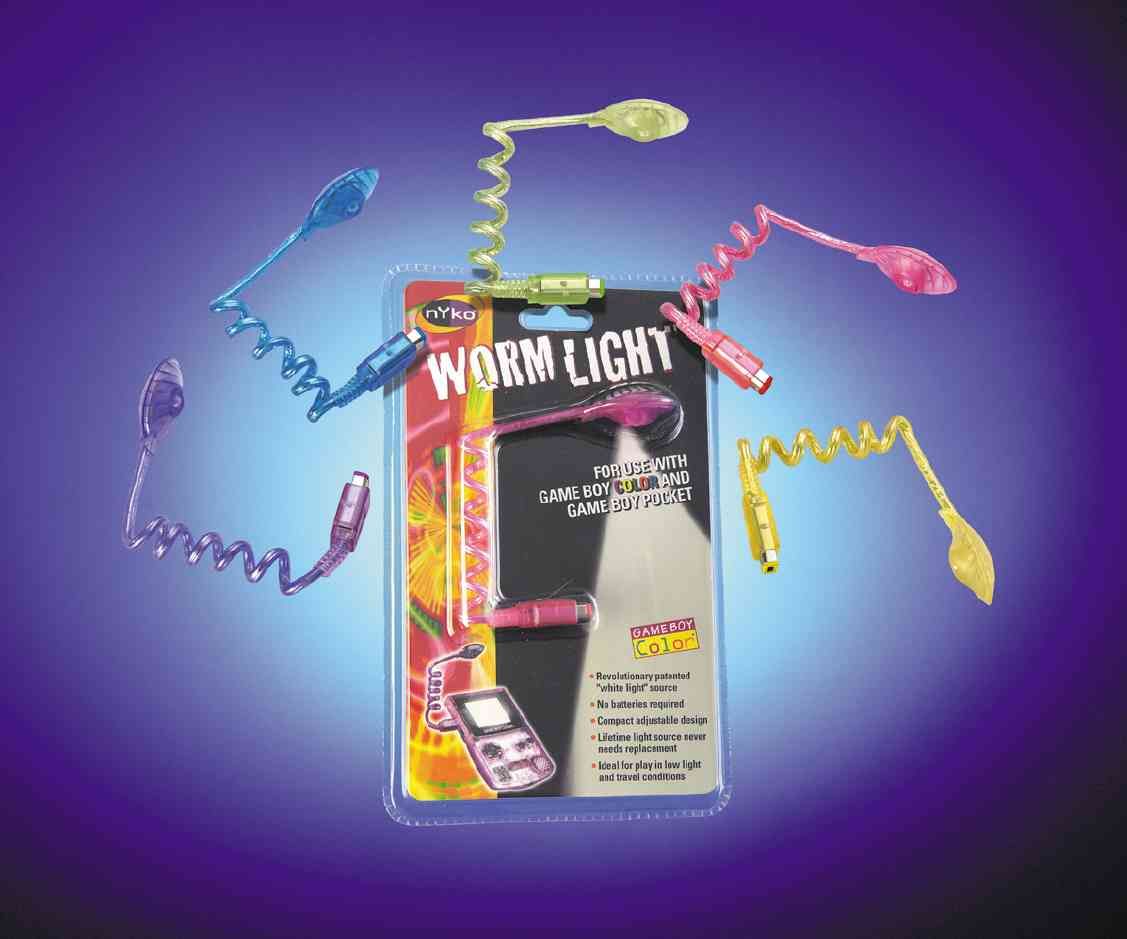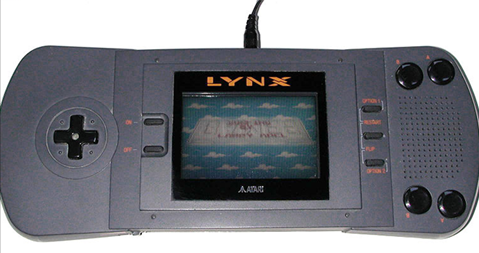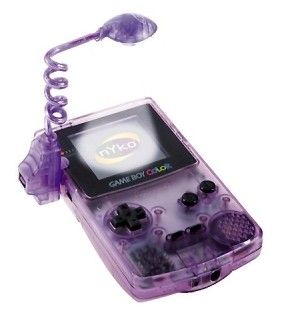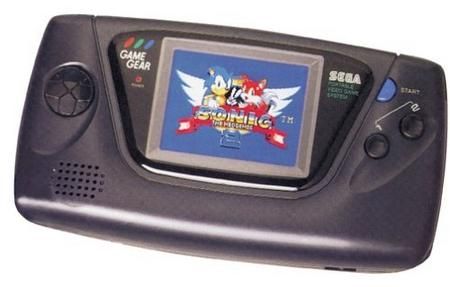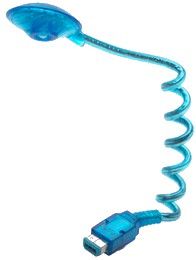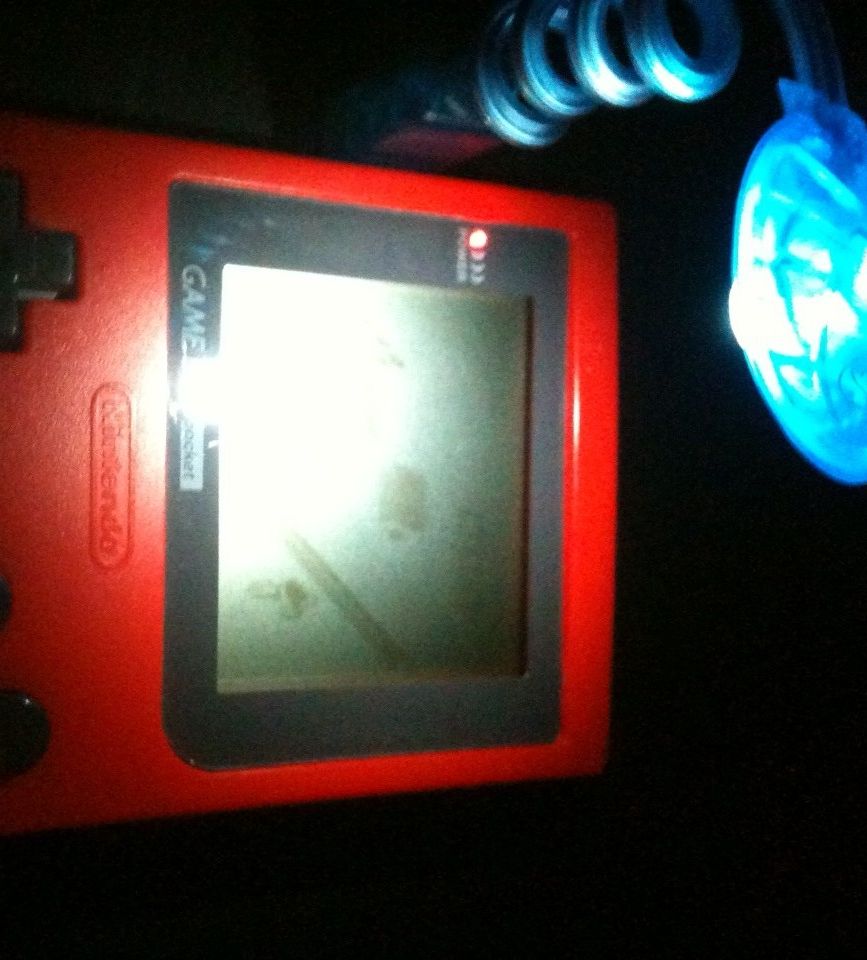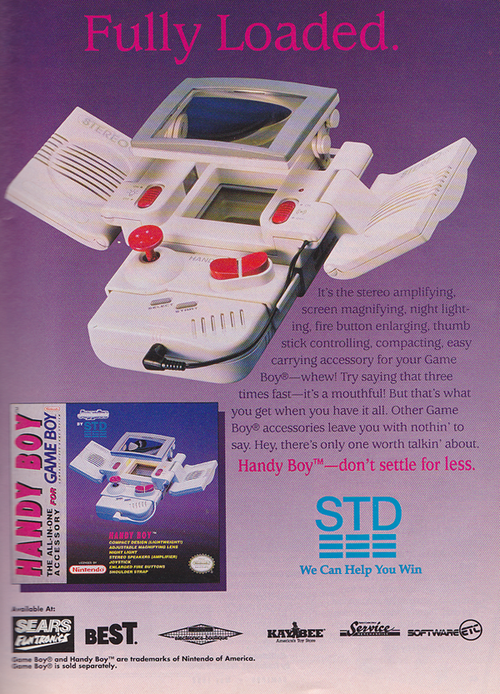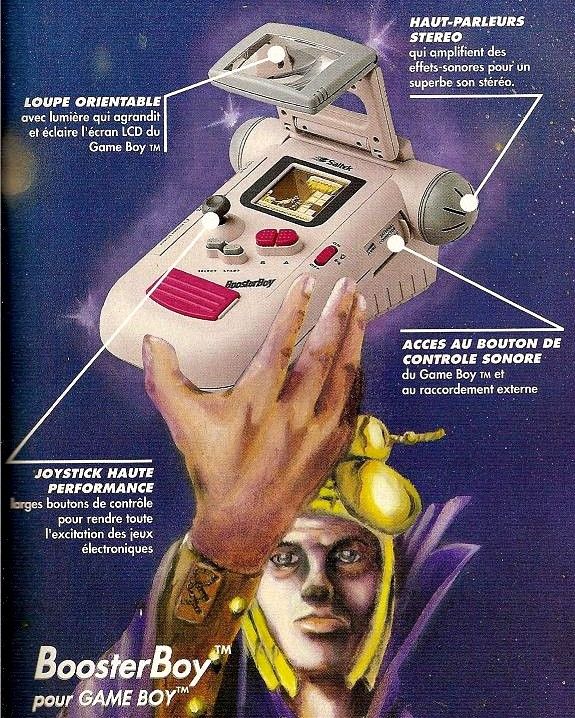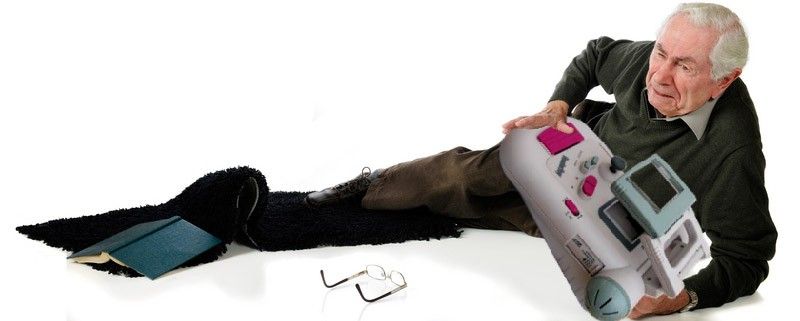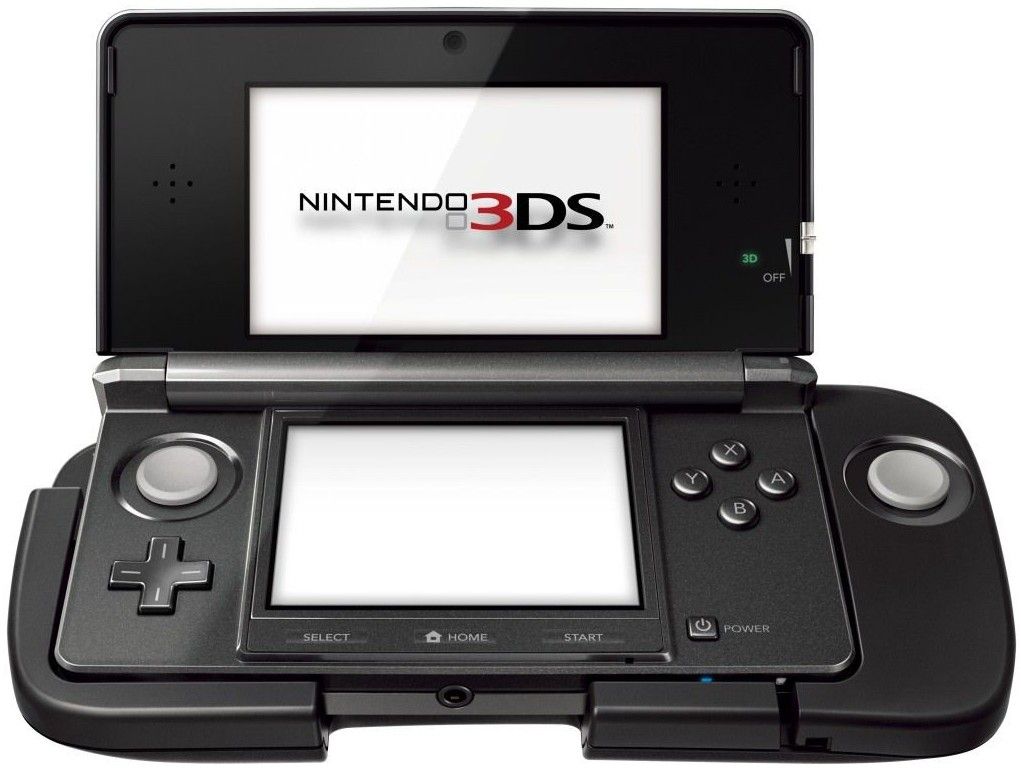Out back of the Hardcore Gamer office you’ll find our Graveyard, where countless long-dead classics lie. We come here to pay our respects, to reminisce, and to wonder aloud what a passing mad doctor might be able do with all these corpses and some high-definition lightning.
The Game Boy was such a simple thing. It had just two primary buttons after all, and yet it managed to bring such a wonderful portable experience. For some gamers though, namely the most radical of 90s kids, the simplicity of the Game Boy was seen as a challenge. They sought to enhance their experience by slapping on as many gadgets and doohickeys as possible,
making their formerly sleek device look like a fricking Rube Goldberg machine.
One of the first widely distributed experience enhancers was the Light Boy, a battery-powered attachment that not only lit up the screen with LEDs, but magnified it too. I owned one myself, and while I never understood why anyone would want to enlarge their pixels to the size of engorged ticks, the Light Boy regardless made late car rides and nighttime gaming sessions doable in an era where backlighting technology simply just did not exist.
Several other companies released devices similar to the Light Boy (including a smaller revision by Nintendo for the Game Boy Pocket), but it was strangely difficult to find a device that simply did lighting without the magnifying. This was especially disheartening due to the fact that the magnifier would warp the image if viewed from an angle, and it increased the number of batteries needed to play by two.
Thankfully, shortly after the release of the Game Boy Color, a company called Nyko – known then mostly for making ugly accessories, and known now mostly for making ugly accessories – released the outstanding Worm Light. By simply plugging it into the Game Boy’s link cable port, gamers finally had a non-magnifying light for their favorite pocket pal. And with the sorrowful demise of the Atari Lynx, Nintendo no longer had to worry about backlit competitors making their latest handheld look like it’s behind the times.
Not only was the Worm Light completely adjustable and incredibly bright, but it came in an assortment of colors that matched the various releases of the Game Boy Color. On top of that, there were two versions of the Worm Light: a cheaper version with a typical plug, and one which had a built-in link cable port on its opposite side so multiplayer games could still be played.
Perhaps the best thing about the Worm Light is how compatible it was. It worked with not only the timely Game Boy Color, but also with the older Game Boy Pocket and with the future Game Boy Advance. The Worm Light remained a great success until Nintendo learned what backlighting meant with the Advance SP.
So far we’ve only focused on visual enhancers, but surely we have other senses worthy of equal attention. At least four of them. Although taste and smell aren’t affected much from gaming (unless you import from Japan), one thing every 90s kid loved was loudness. Bonus points if the product generating said loudness had the word “Stereo” engraved.
The Handy Boy covers nearly every ground: it lights and magnifies the screen (complete with brightness adjustment), provides a tall joystick, two strangely shaped buttons, and (perhaps best of all) two fold-out speakers. “It’s a mouthful,” says STD.
The problem, of course, is that half the stuff didn’t work that well. Outside of the lighting, the joystick wasn’t responsive, the buttons felt strange, and the speakers weren’t anything special. None of that mattered though, because kids who brought this monstrosity to school were gods of gaming. These were the kids who were so hardcore that the typical experience provided by the Game Boy alone just wasn’t enough. They desired more. People would ask, “Hey, why does Tommy need the Handy Boy?” to which you’d say, “Tommy doesn’t need the Handy Boy. No... the Handy Boy needs Tommy.”
STD's bat-shaped gizmo sold well enough to draw the attention of competitors. Not to be one-upped in the “colossal third-party accessories” category, Saitek came along and released what is perhaps the most humbling of creations:
For those of you who can’t read whatever language that is, I took the liberty to translate the ad’s highlighted features of the BoosterBoy:
- “Stereo speakers which amplify sound-effects for a superb stereo sound.”
- “Swivel lens with light that grows and sheds light onto the LCD of the Game Boy.”
- “Access to the sound control knob of the Game Boy and the external connection.”
- “High performance joystick with large buttons to control all the excitement of electronic games.”
Daaaamn! That’s some serious techno-jargon.
On top of that, there’s a compartment in the back to store game carts, and it features an overall ergonomic design which allows for table-top gaming. All of this is available to you at the power of just four C batteries.
Hey, what? Four C’s? Does it weigh 20 pounds? It does? My god.
The sad part of our story is that there aren’t many experience enhancers for Game Boy today – partially because Game Boy’s no longer exist, but also because modern handhelds incorporate everything that additional accessories used to provide. There’s no more need for external lights; screens are large enough without magnifying; built-in speakers are good, buttons are good, d-pad’s are functional….
The days of making your handheld as humungous and loud and bright as possible are behind us, forever sealed away in the hearts and pockets of 90s kids everywhere. And maybe, just maybe, we can finally say that Nintendo caught up to their competitors; that their devices no longer require obnoxious add-ons.

